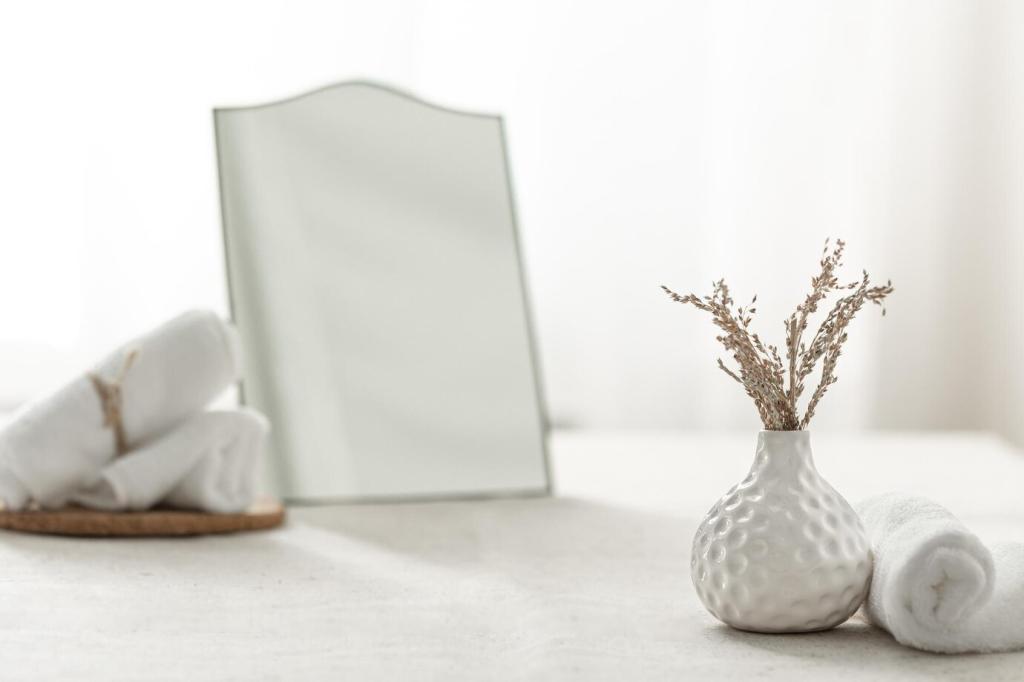Sustainable interior design is more than a trend—it’s a commitment to creating beautiful, functional, and environmentally responsible spaces. As modern living evolves, so too does the imperative to consider the ecological footprint of our interiors. Through mindful material choices, energy-efficient solutions, and support for local craftsmanship, sustainable design harmonizes aesthetics with eco-conscious values. By embracing these principles, homeowners and designers can forge spaces that cater to both comfort and conservation, elevating everyday living while safeguarding the planet for future generations.
Choosing Environmentally Friendly Materials

Incorporating reclaimed wood, recycled metals, or repurposed glass presents an opportunity to introduce character and history into an interior while reducing the demand for new resources. Reclaimed materials carry stories and textures that add depth to design, all the while preventing waste and lowering energy consumption typically associated with manufacturing anew. These elements often boast durability as well, turning what was once discarded into a tasteful, functional feature.
Energy Efficiency in Interior Spaces
Efficient Lighting and Natural Daylighting
Strategic placement of windows, skylights, and reflective surfaces encourages abundant natural light, thereby reducing reliance on artificial lighting during the day. Pairing this with energy-saving LED fixtures or smart lighting systems allows for further reductions in energy usage. These solutions simultaneously enhance the ambiance, making rooms feel brighter and more inviting while supporting lower power consumption throughout the home.
Effective Temperature Regulation
Selecting appropriate insulation and adopting passive heating and cooling strategies are crucial for regulating indoor temperatures sustainably. Using thermal curtains, cellular shades, or insulating building materials minimizes the need for mechanical heating and cooling. When necessary, opting for energy-efficient appliances like heat pumps and programmable thermostats further optimizes energy use, blending comfort with mindful consumption.
Water Conservation Techniques
Sustainable interior design also extends to water efficiency measures within homes. Installing low-flow faucets, dual-flush toilets, and water-efficient appliances can drastically cut water waste. Incorporating indoor plants that thrive on minimal water or utilizing greywater systems for irrigation are additional steps that acknowledge the necessity of resource preservation within functional, modern living spaces.
Supporting Local Artisans and Ethical Production
Handmade Furnishings with a Story
Sourcing bespoke furniture and decor from local artisans infuses living spaces with unique personality and provenance. Handmade items tend to have a smaller carbon footprint and often utilize regional materials, supporting both community economies and environmental stewardship. These one-of-a-kind pieces become cherished focal points, reflecting a commitment to thoughtful, responsible consumption over disposable trends.
Fair Trade and Transparent Sourcing
Integrating products that carry fair trade certifications or offer transparency about their supply chains helps ensure that everyone involved in their creation is treated ethically and compensated fairly. Ethical sourcing also encourages environmental safeguards in production, thereby aligning beautiful interiors with conscientious values. This mindful approach champions the idea that every object has social and environmental implications well beyond its appearance.
Reducing Transportation Emissions
Sourcing materials, furnishings, or decor from local producers or within the region drastically cuts down the emissions generated through transport. This not only benefits the environment but also helps cultivate a sense of place and belonging within the home by celebrating local heritage and design sensibilities. Prioritizing proximity in sourcing can transform an interior into a more sustainable and community-minded space.
